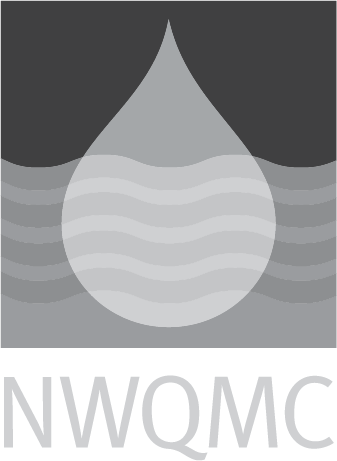Standard Methods: 4500-NO3- D: Nitrate Electrode Method
|
Official Method Name
|
4500-NO3 - D. Nitrate Electrode Method |
|---|---|
|
Current Revision
| Standard Methods 21st Edition (2005); Standard Methods Online |
|
Media
|
WATER |
|
Instrumentation
|
Ion Selective Electrode |
|
Method Subcategory
|
Inorganic |
|
Method Source
|
|
|
Citation
|
|
|
Brief Method Summary
|
The NO3- ion electrode is a selective sensor that develops a potential across a thin, porous, inert membrane that holds in place a water-immiscible liquid ion exchanger. The electrode responds to NO3- ion activity between about 0.14 to 1400 mg nitrate-N/L. The lower limit of detection is determined by the small but finite solubility of the liquid ion exchanger. |
|
Scope and Application
|
Used in a variety of wastewaters, surface waters, and drinking water. |
|
Applicable Concentration Range
|
0.14 to 1400 mg/L |
|
Interferences
|
Chloride and bicarbonate ions interfere when their weight ratios to nitrate-N are >10 or >5, respectively. Ions that are potential interferences but do not normally occur at significant levels in potable waters are nitritek, cyanide, sulfide, bromide, iodide, chlorate, and perchlorate. Although the electrodes function satisfactorily in buffers over the range pH 3 to 9, erratic responses have been noted where pH is not held constant. |
|
Quality Control Requirements
|
See Section 4020 Quality Assurance/Quality Control. |
|
Sample Handling
|
Plastic or glass containers. Start nitrate determinations promptly after sampling. If storage is necessary, store for up to 24 h at 4 degrees C; disinfected samples are stable much longer (at least 14 d) without acid preservation. |
|
Maximum Holding Time
|
48 hours |
|
Relative Cost
|
$201 to $400 |
|
Sample Preparation Methods
|




